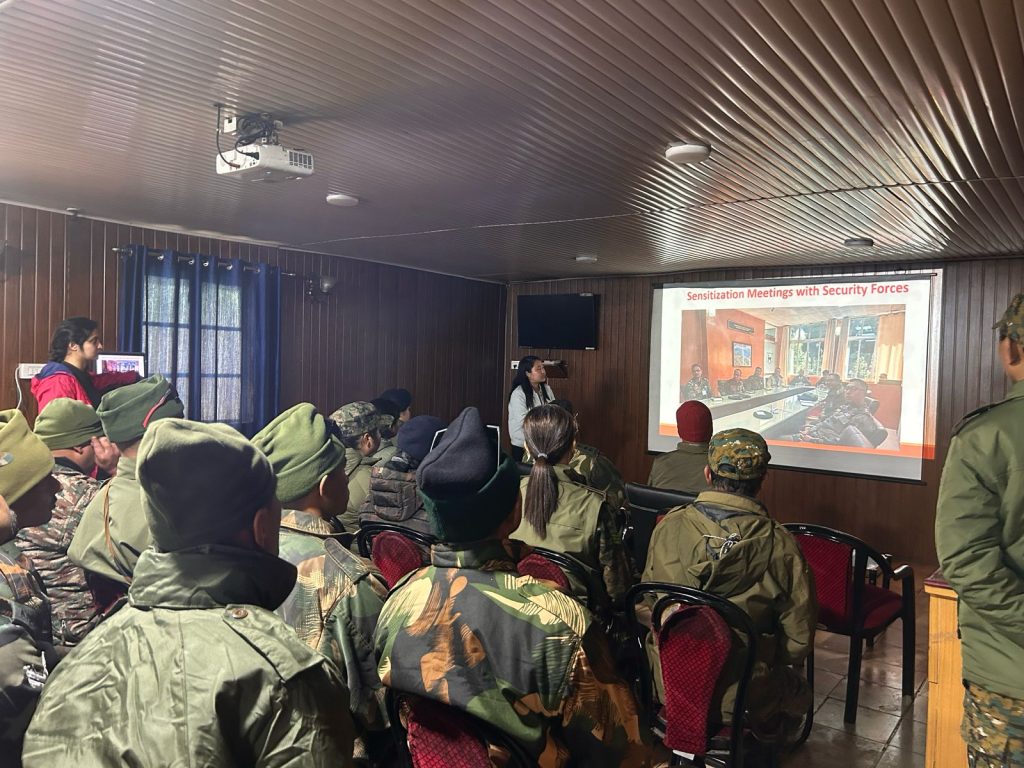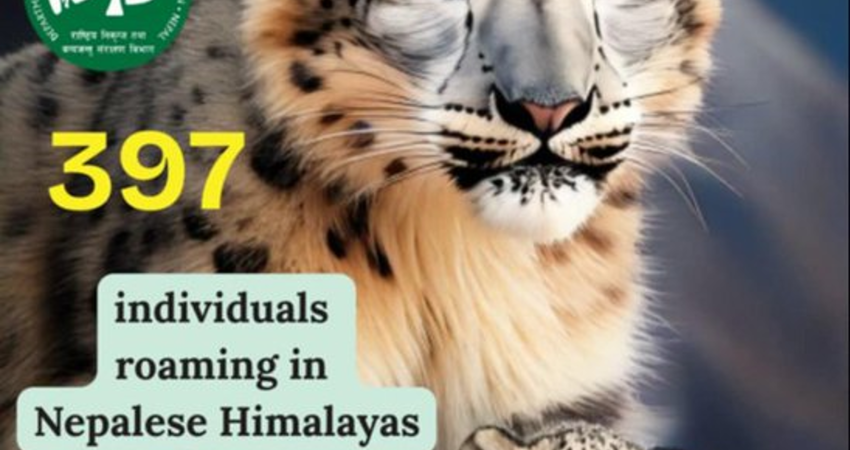
Capacity building workshop on small wild cats
Under the ongoing Small Wild Cats initiative, the second session of the capacity-building workshop was organized by the Global Tiger Forum in collaboration with WWF-India and the Arunachal Pradesh Forest Department at Bhalukpong, Arunachal Pradesh. Frontline forest staff from the Khellong Forest Division and Eaglenest Wildlife Sanctuary participated in the workshop on Small Wild Cat species identification and awareness in their landscapes.
The workshop aimed to enhance the capacity of forest guards and officers while gathering information on the presence of these species in the region.

Waste Management initiative under the High Altitude Tiger conservation project
As part of the ongoing High Altitude Tiger (HAT) Conservation Project in Sikkim in collaboration with, a waste management interventions has been launched in collaboration with security agencies. This initiative includes training sessions for frontline staff and the installation of eco-friendly bins (ecobins) that convert food waste into organic manure. This effort aims to promote sustainability and reduce human impact on delicate high-altitude tiger habitats, contributing to a healthier environment for both wildlife and local communities.





Nepal Announces First National Snow Leopard Population Estimate
In a landmark achievement for wildlife conservation, Nepal has officially released its first consolidated national estimate of the elusive snow leopard population. According to the assessment, the country is home to 397 snow leopards, representing nearly 10% of the global population, despite Nepal encompassing only about 2% of the species’ global habitat.
The estimate, drawn from studies conducted between 2015 and 2024, is part of the global Population Assessment of the World’s Snow Leopards (PAWS) initiative under the Global Snow Leopard and Ecosystem Protection Program (GSLEP). Utilizing a combination of camera trapping, genetic analysis, and habitat modeling, researchers created a robust, statistically sound picture of snow leopard distribution across Nepal.
While the report covers 43% of the country’s potential snow leopard habitat, it marks a significant step toward understanding and protecting these magnificent high-altitude predators. Key habitats like Annapurna and western regions were highlighted as strongholds, though further assessments in under-surveyed areas like Dhorpatan and Api-Nampa are needed.
Nepal’s achievement underscores the importance of science-driven conservation and sets a strong foundation for future strategies to safeguard one of the Himalayas’ most iconic species.
